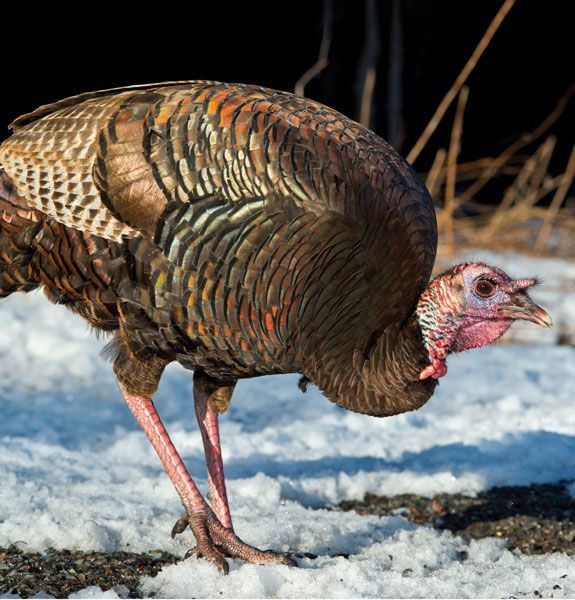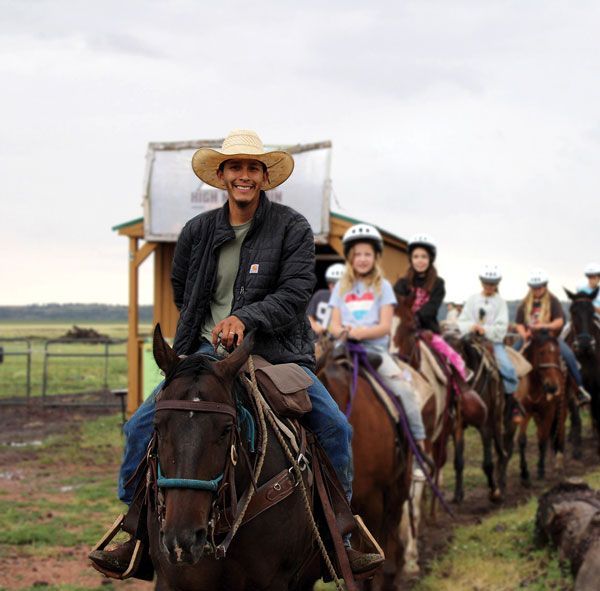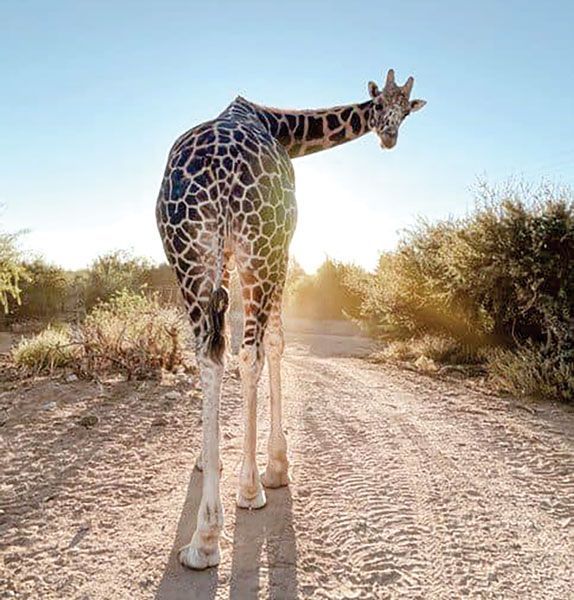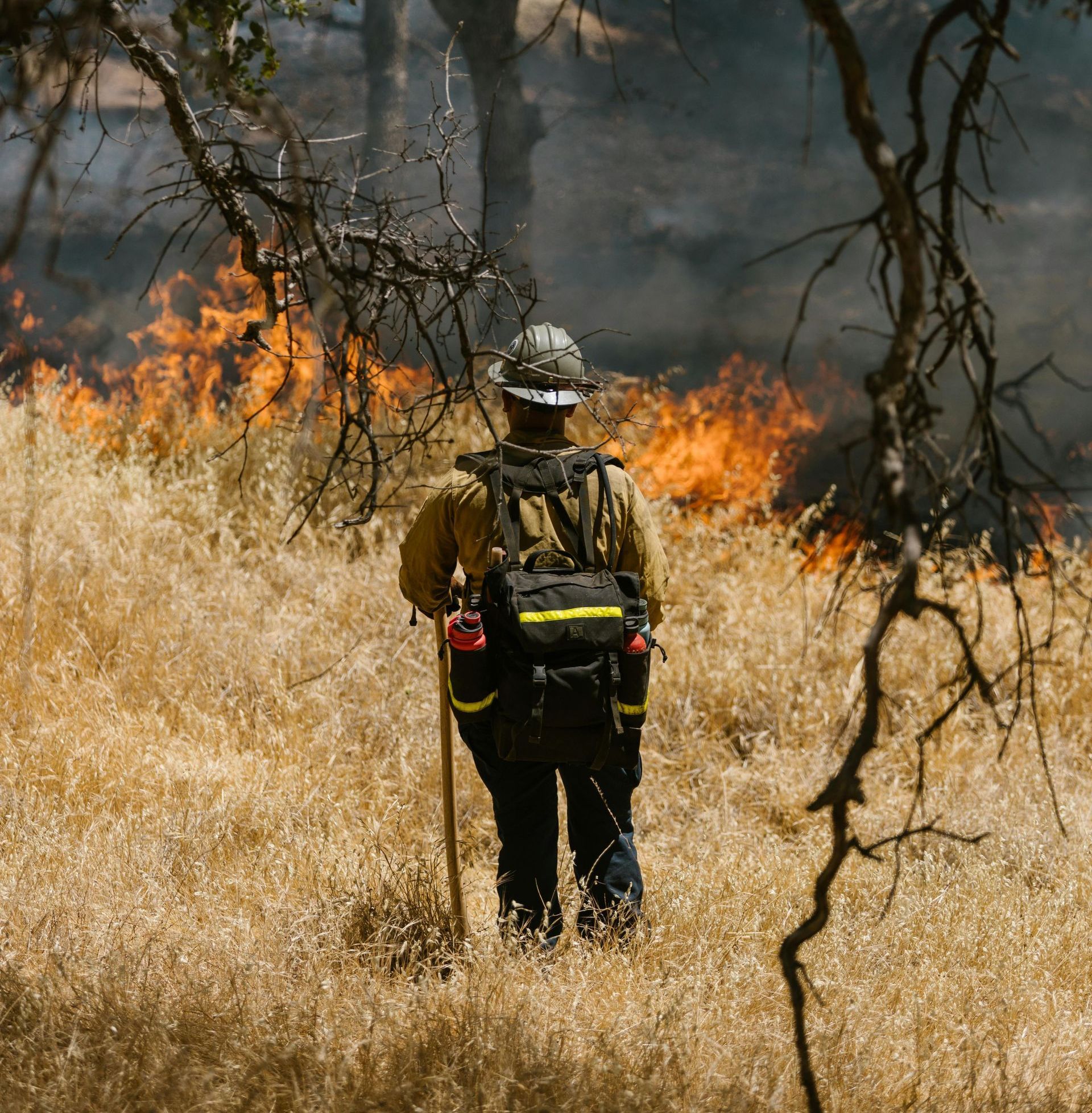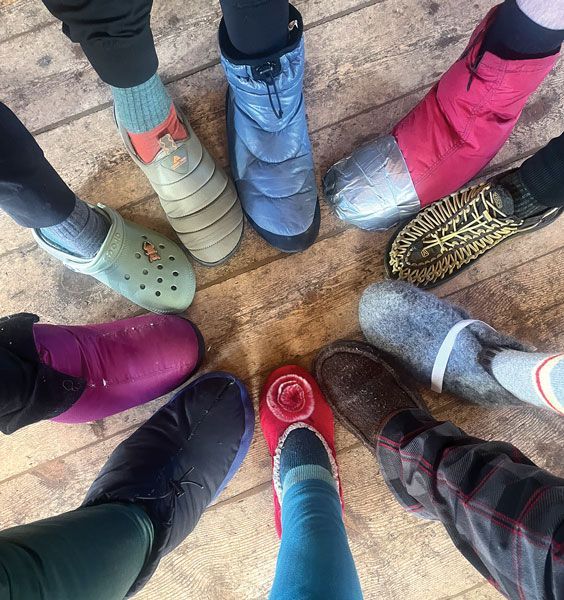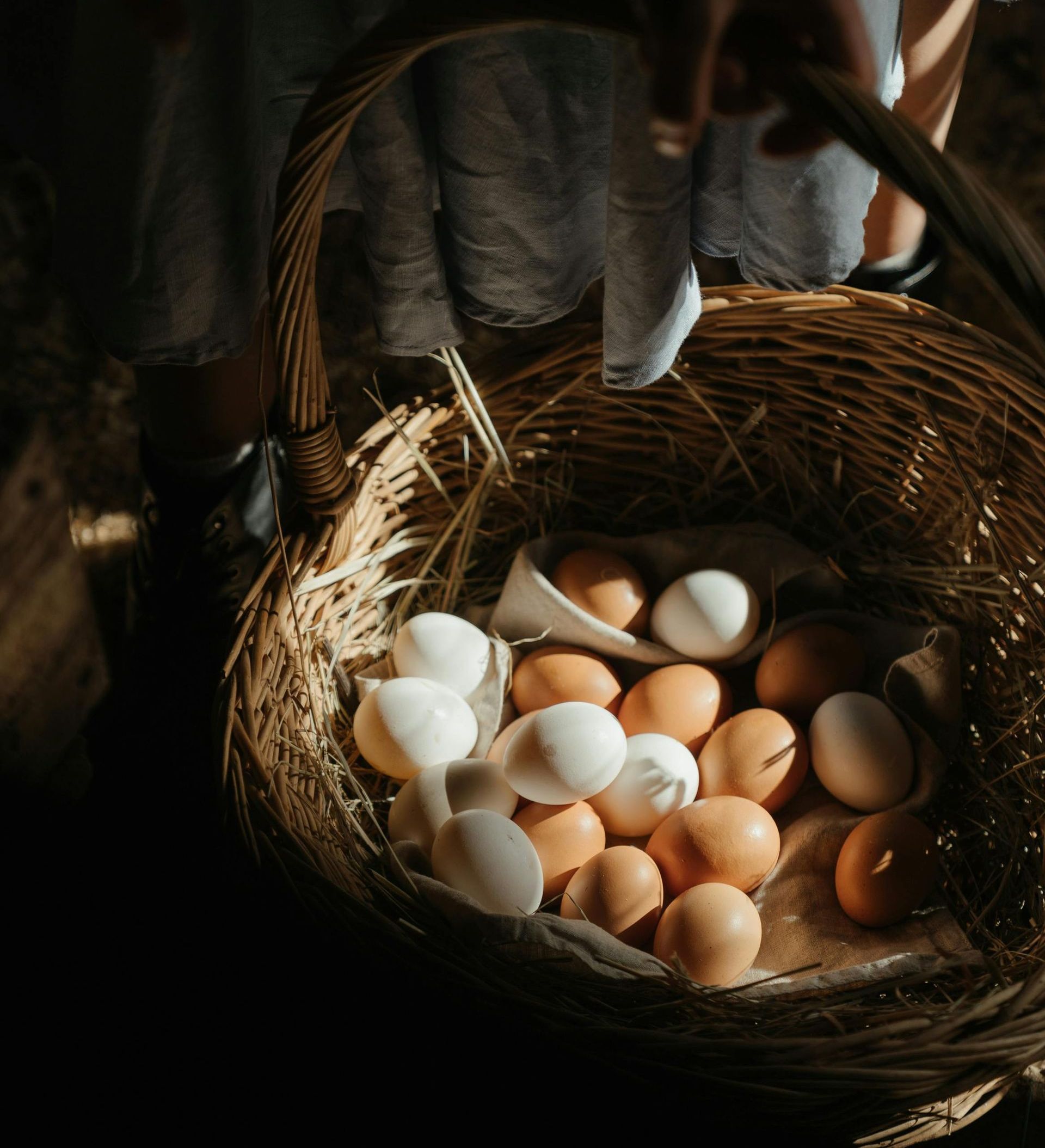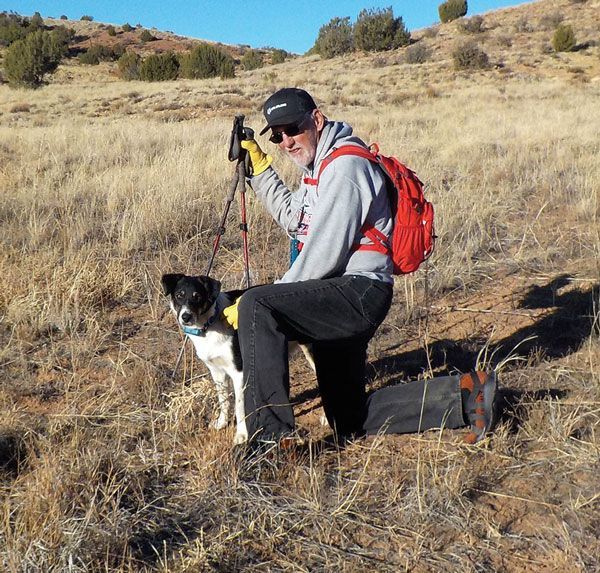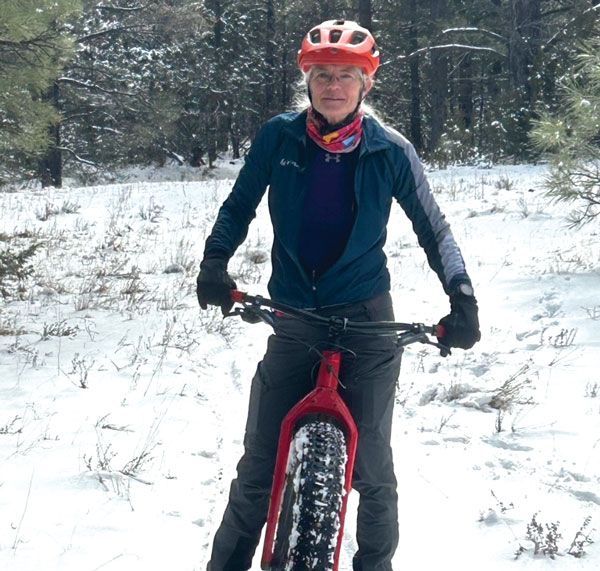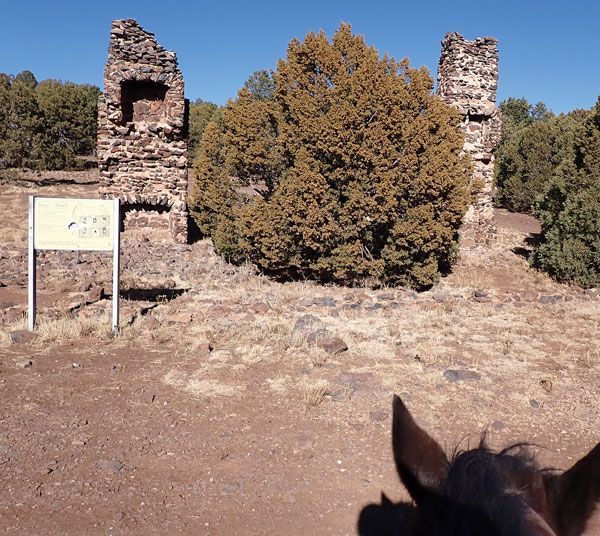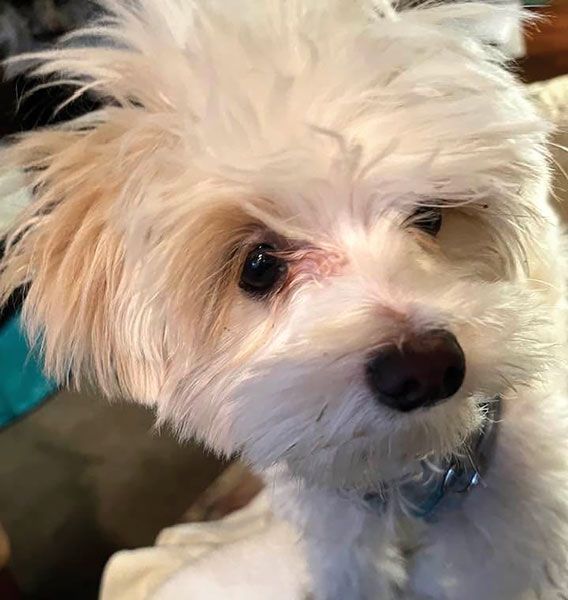Blog Layout
TIPS FROM A PROFESSIONAL WILDLIFE PHOTOGRAPHER...
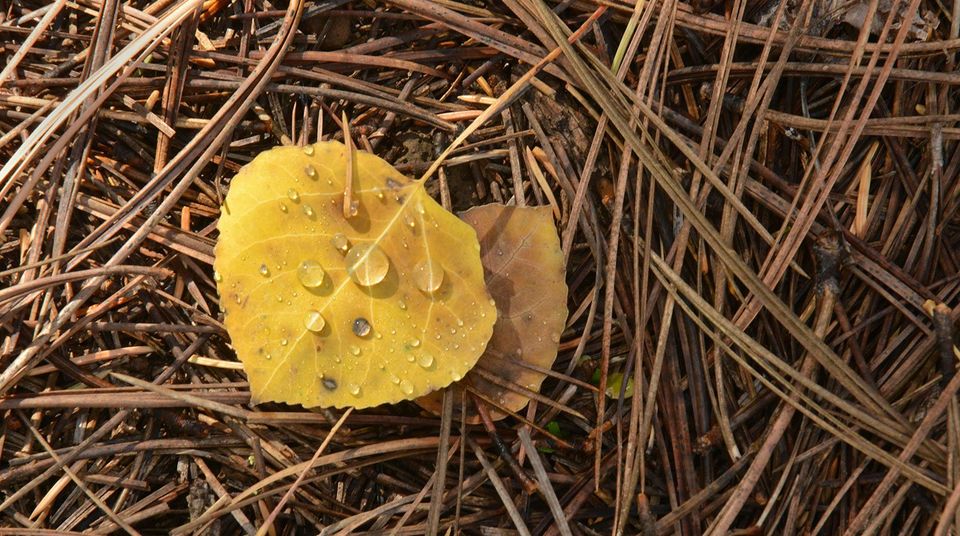
One of my favorite speakers at the Annual Elk Workshop, hosted by the Arizona Game and Fish Department and the Arizona Elk Society, is the talk that George Andrejko gives about photographing wildlife. As the publisher and writer/photographer for the Outdoors Southwest Magazine, I can always use some tips on how to get better photographs — and George is one of the best teachers. I cornered him at this year’s workshop and asked if he would spare a few minutes to pass along some tips on how to get the perfect shot of our fall colors, since there is — and will be — an abundance of subject matter this month. He was more than happy to share his knowledge.
Andrejko recommends getting out around mid-day or later morning. “I don’t believe you have to be there at a certain time,” he says. “Just so the trees are well lighted.” Late afternoon is usually a pretty good time too. He also recommends that you double check your exposure… “I can start getting into it and think “Oh, I didn’t think about exposure,” he told me. “Check and use your compensation button to adjust lighter or darker.” Adrejko says not to shoot everything the same way — using the same exposure. He says to experiment a little bit. Try going a little bit darker or do some back lighting where the light is coming through the leaves. If you have a group of trees, lie down on the ground and shoot up through them with the sky and clouds in the background for a different angle. “The white bark on aspen looks pretty nice so try to get that in the picture,” he says, “and try to not just take large groupings but minimize. You can zoom in or macro in on just a few leaves if you have time get creative.” He adds that odd numbers like three or five leaves work out well — and get them in the light. “If it’s windy, that is not necessarily bad,” Andrejko injects. “You can do some slow exposures where things are waving around a little bit.” He reiterates to be careful not to overexpose and to just have fun. “Don’t get all wound up about trying to cover a lot,” he suggests. “Just take your time and think about it. Try to piece it together like single leaves, groupings, the trunks, lying down and shooting up — to get the big picture.”
George Andrejko is the Arizona Game and Fish Department photographer…He works out of the Creative Services Marketing Branch under the Arizona Wildlife Views Magazine and has done all of the wildlife photography for Arizona Game and Fish for the past 30 years. He has covered the reintroductions and relocations of wildlife species including the Mexican Grey wolf, California condor, Apache trout and the Chiricahua leopard frog. He tells me that he never knows which shot is going to be best. For example, it was the 36th picture of a roll of 36 shots (using film) of the Mexican grey wolf that made the cut — the shot that usually winds up on the editor’s floor. It turned out to be one of his most iconic photographs.
Andrejko leads photography workshops at bird festivals around the state — a topic that he is passionate about. “Photography is a passion that you just keep working at,” Andrejko explains (in a YouTube video (https://youtu.be/eKa0dZDy5yo) put out by the Arizona Game and Fish Department). “and the more you handle a camera — like anything else — the more you see through your lens — the better you get.”
While driving around to find good wildlife shots, Andrejko keeps his camera turned on and sitting on the passenger seat, ready to go. Venturing out of his vehicle, he will use camouflage and hunting blinds to get close to his subjects. For anyone who wants to get better at photography, his advice is to be there — “Being there is the biggest part”…he says. “If you’re not there…you’re missing out — and you have to be prepared.”
Share
Tweet
Share
Mail

